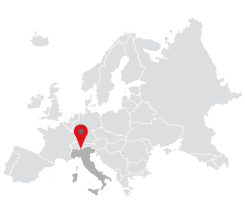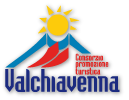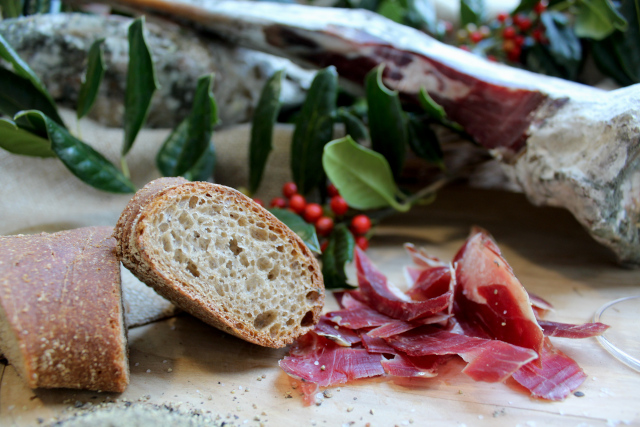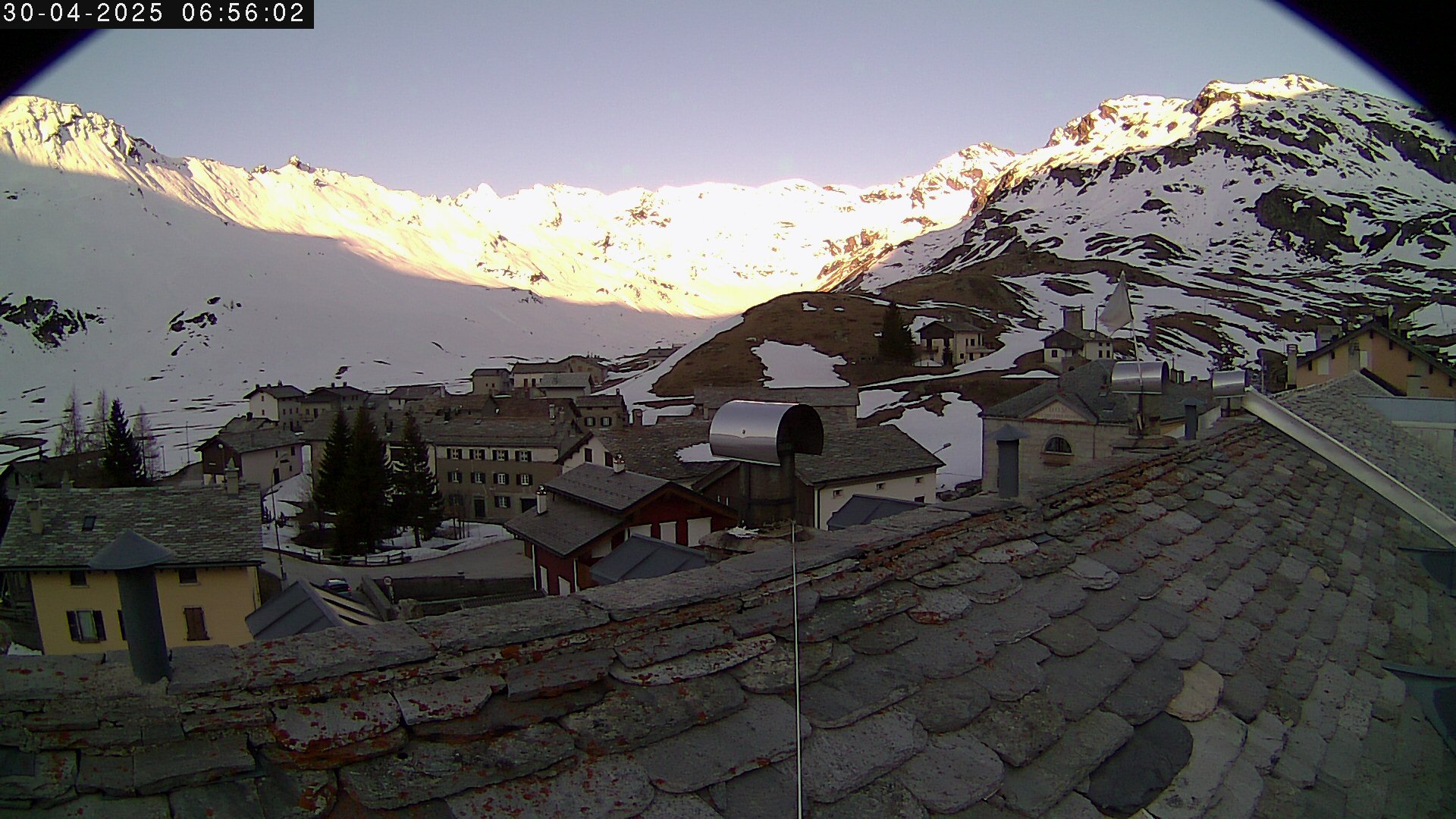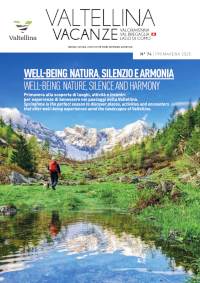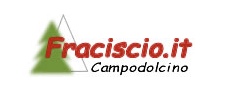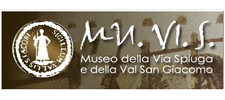Violino di Capra from Valchiavenna is one of those products that are consumed above all in the cold season. They act as a stimulant for conviviality and represent handsomely that sense of sociability which embodies the very real “school of humanity” of the crotti. But Violino di Capra is anything but a simple cured meat. It comes from an ancient local tradition, always guided by the precise rules for the preparation and conservation of the goat’s leg or shoulder. A tour de force of gastronomy, so much so that it’s deservedly become a point of reference for the Slow Food Presidium. The end result is a cured meat that you don’t find in slices¸ but purchase whole. Its name is essentially taken from the shape, reminiscent of that of a violin, with the leg serving as the neck and the muscle mass the main body. The way in which the meat is sliced, taking away curls of meat using narrow blade knives, is remarkably similar to the action performed by violinists whilst playing. Violino di Capra is a classic of Valchiavenna.
The ancient tradition of the movement of people through and over the surrounding Alpine valleys and passes, from Germany, Austria and Switzerland stimulated, and thus made widespread, the techniques of working and salting meats. But today there are very few craftsmen left who engage with and work this special piece of goat along traditional guidelines. As the Slow Food Presidium reminds us, tradition maintains that “il violino” at dinner should pass from hand to hand so that each of the company would slice off his own portion. There was a time too when the piece would have been aged in the crotti with its perfect, natural ventilation for slow maturation. You can still find this “speciality” in some of the town’s butchers and other nearby traditional venues. Some restaurants organise “violino” tastings or menus inspired by such exquisite meats. But it’s a delight to be experienced in company, taking all the time necessary to appreciate a genuine embodiment of local history.
